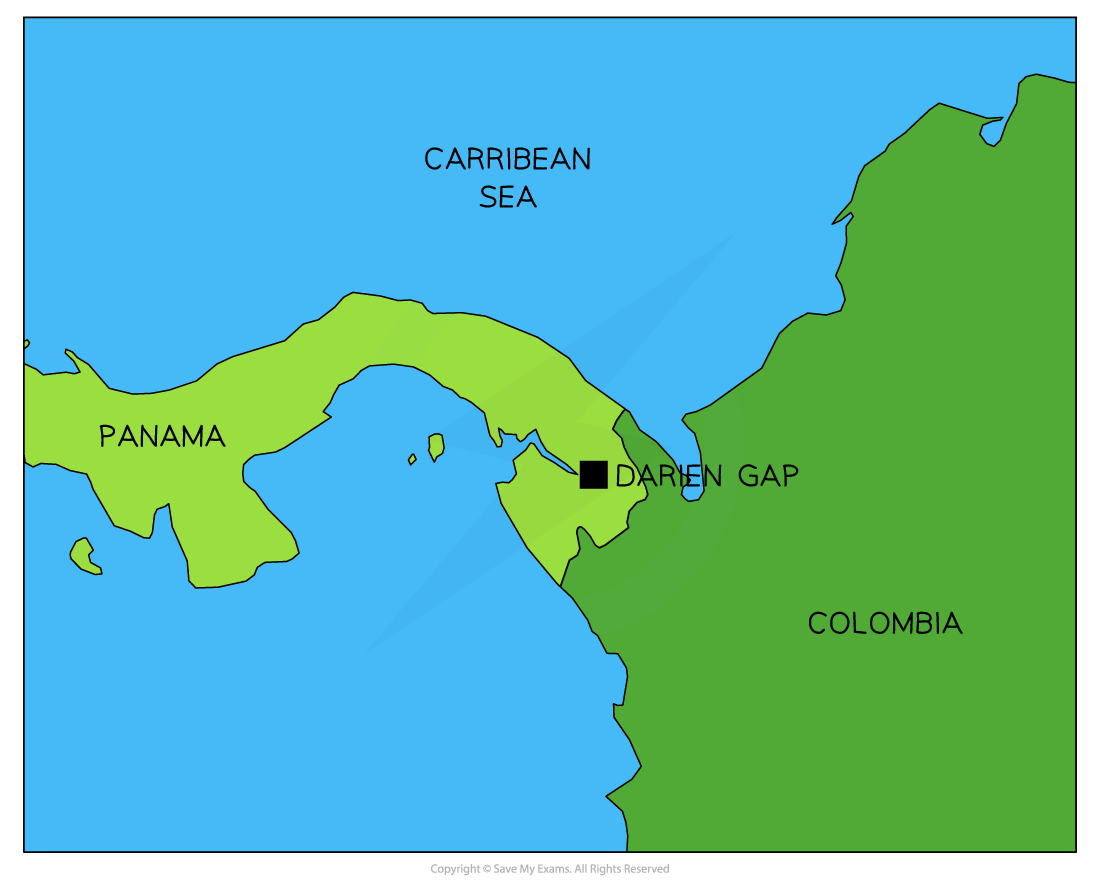Definition & Characteristics
- Common pool (access) resources are those that are non-excludable but rivalrous in consumption
- Non-excludable means that anyone can access these resources without having to pay for them
- This usually occurs because no one owns the resource (no private ownership)
- This usually occurs because no one owns the resource (no private ownership)
- Rivalrous means that these resources can be used up
- As one individual or firm uses them, it reduces the opportunity for others to use them
- They are finite in supply
- The tragedy of the commons (as explained by Garret Hardin in 1968) occurs when common pool resources are used in production in an unsustainable way
- This creates negative externalities of production
- The external costs of production often include pollution, environmental damage and resource depletion which prevents future generations from benefitting in the same way
- Typical examples of common pool resources include
- Ocean fishing (especially in international waters)
- Communal grazing land
- Water sources such as rivers
- Natural forests and rainforests
Real World Example of the Tragedy of the Commons
- The Darién Gap is in Panama and is located on the border with Columbia
- This area is one of the most impregnable rainforests on the planet and is inhabited by indigenous tribes, drug traffickers, and para-military organisations

The Darién Gap is a common pool resource
Background
- The Darién Gap is the only area where the 19,000km Pan American highway from Ushuaia (Argentina) to Prudhoe Bay (Alaska) is interrupted: a 62-mile gap
- Illegal logging has been steadily increasing
- The most valuable resource in the forest is the Rosewood Cocobolo tree which sells in Panama for $4,000 per m3 but in China for $12,000 per m3: this scarce resource is rapidly being depleted
- Loggers use the river system to penetrate deep into the forest
- Once the forest canopy is thinner, they bring in bulldozers and create illegal roads to speed up the extraction
- When they have left, palm oil entrepreneurs move in and plant palm oil trees
- Despite laws in place to protect the forest, there is no enforcement and corruption is common
- Hundreds of tons are shipped each year to China
- The indigenous tribes are waging war with the illegal loggers and there are frequently violent clashes and deaths
Solutions
- Several solutions have already been attempted by the indigenous community, including
- Collective self-governance of the area
- Forest mapping using drones
- Using drones to gather video footage of the identity of the illegal loggers
- Appeal to the government by the three indigenous tribes for legal ownership rights to the land
- Appealing for the creation and enforcement of international agreements on the sale of illegal timber
Evaluating Solutions to Common Pool Resources (in the Darién Gap)
An Evaluation of the Solutions used to Address The Tragedy of the Commons in the Darién Gap
Solution |
|
Disadvantages |
|
Collective self-governance |
|
|
|
Appeal to the government for legal ownership rights of tribal land So far, about 40% of the land has been granted to the tribes |
|
|
|
International Agreements A global solution, enforceable by law helps to reduce illegal behaviour |
|
|